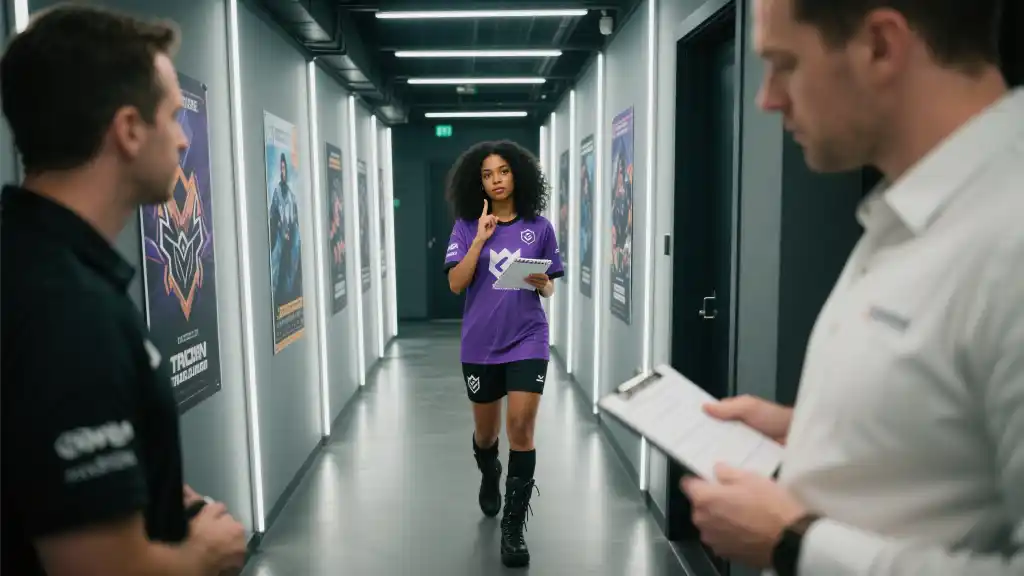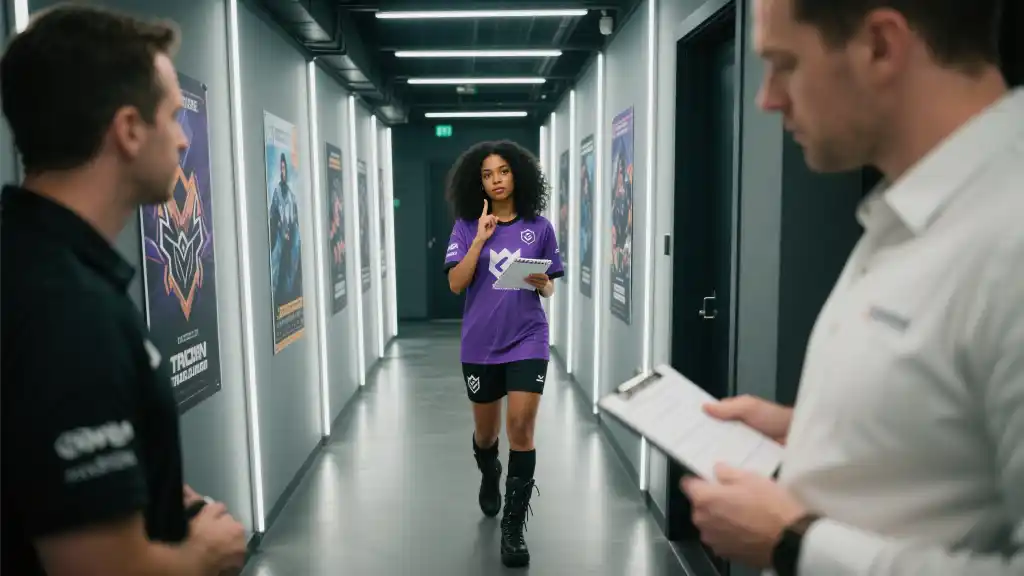Article directoryCloseOpen
- The Element of Surprise
- Team Synergy and Communication
- Adapting to Opponent Strategies
- FAQ
- What is the Free Fire Pro League?
- How did unexpected strategies affect the outcomes of matches?
- What roles do communication and teamwork play in esports?
- Can casual players learn from professional tactics?
- What are some examples of unconventional tactics in Free Fire?
In the heat of competition, unexpected strategies often turn the tide in esports, and the Free Fire Pro League is no exception. This season, players witnessed a fundamental shift in tactics that left many of the seasoned teams reeling. The integration of unconventional strategies provided fresh dynamics to the matches while challenging the established meta. Let’s break down what made this strategy a game-changer and how it reshaped the competition.
The Element of Surprise
One of the most potent aspects of this unexpected strategy was its element of surprise. Traditionally, Free Fire teams relied heavily on established formations and standard tactics. However, a few teams decided to think outside the box, utilizing unpredictable rotations and flank maneuvers. This unpredictable approach can be attributed to several key factors:
Here’s how these elements played out in various matches:
| Match | Unexpected Move | Outcome | Leading Team | Eliminations |
|---|---|---|---|---|
| Match 1 | Surprise flank at final circle | Victory | Team Alpha | 10 |
| Match 2 | Zone control shift | Runner-up | Team Beta | 8 |
Team Synergy and Communication
As this season progressed, it became evident that effective communication and synergy were crucial for executing such an unexpected strategy. Teams that thrived employed constant in-game communication, allowing for real-time updates and quick decision-making. This included:
The synergy that arose from these practices not only enhanced performance but also built a strong team morale, as players became more confident in each other’s abilities.

Adapting to Opponent Strategies
One of the key components of the dominating strategy was the team’s ability to quickly adapt to opponents’ tactics. As matches unfolded, identifying patterns and weaknesses in rival teams became crucial. This adaptability involved:
This level of adaptability not only made teams unpredictable but also kept them ahead of the curve, allowing them to maintain dominance throughout the league.
The unexpected strategy that dominated the Free Fire Pro League showcased the importance of innovation, flexibility, and collaborative gameplay. Through breaking the mold of conventional tactics, teams proved that in the dynamic arena of esports, thinking outside the box can lead to extraordinary outcomes.
Unconventional tactics in Free Fire can really shake things up during gameplay. For instance, one of the most effective strategies is executing surprise flanking maneuvers. This involves players positioning themselves in unexpected areas to catch their opponents off guard, often leading to swift eliminations and turning the tide of a match. When a player suddenly appears from an angle no one was watching, it causes panic and confusion, allowing the flanker to capitalize on the situation. These unexpected moves not only take out opponents but can also demoralize the opposing team, making them second-guess their positions and strategies.
Another interesting tactic is gaining control of key zones in the map that aren’t typically contested. While many players may focus solely on engaging enemies or sticking to common hotspots, claiming lesser-known strategic locations can provide significant advantages, such as higher ground or better cover. Additionally, using the environment creatively—like hiding behind trees, rocks, or buildings—can set up perfect ambush scenarios. When players use their surroundings to their benefit, it forces opponents to reconsider their usual strategies. Such innovative approaches can lead to memorable gameplay moments and highlight the dynamic nature of Free Fire.

FAQ
What is the Free Fire Pro League?
The Free Fire Pro League is a premier esports competition featuring the popular battle royale game Free Fire. It brings together top teams from various regions to compete for prizes and titles, showcasing skills, strategies, and teamwork.
How did unexpected strategies affect the outcomes of matches?
Unexpected strategies introduced by teams created a shift from traditional tactics, catching opponents off guard and allowing for new dynamics in gameplay. This unpredictability often led to surprising outcomes, with lower-ranked teams taking on and defeating established ones.
What roles do communication and teamwork play in esports?
Communication and teamwork are crucial in esports as they enable players to coordinate strategies, make quick decisions, and adapt to changing circumstances during matches. Effective communication enhances team synergy, increasing the likelihood of victory.
Can casual players learn from professional tactics?
Absolutely! Casual players can observe and analyze the strategies used by professional teams to improve their own gameplay. By understanding the elements of surprise, adaptability, and teamwork, casual players can implement similar tactics in their matches.
What are some examples of unconventional tactics in Free Fire?
Unconventional tactics in Free Fire may include surprise flanking maneuvers, unexpected zone control, and utilizing the environment creatively for ambushes. These tactics challenge traditional meta strategies and force opponents to rethink their approach.
